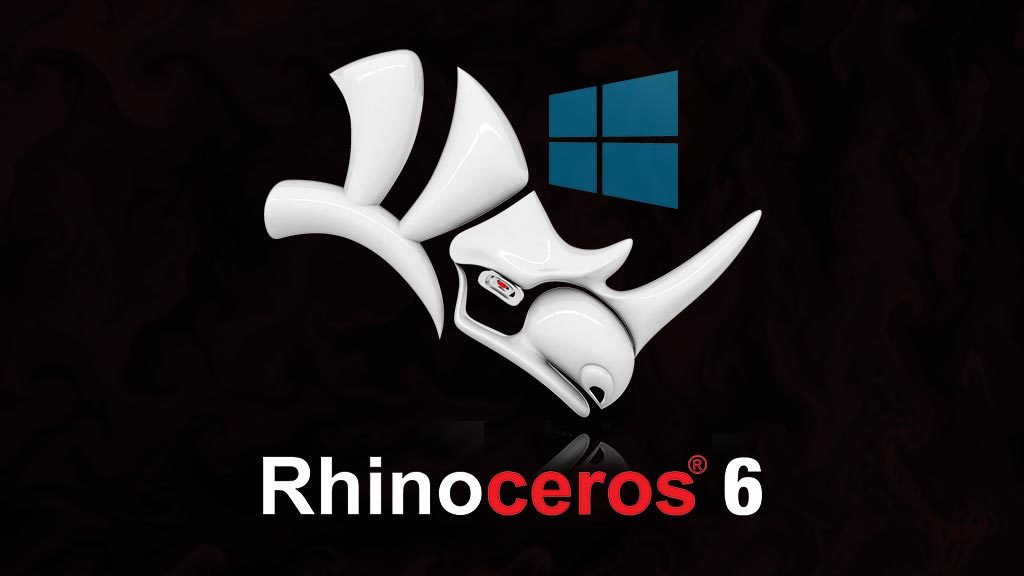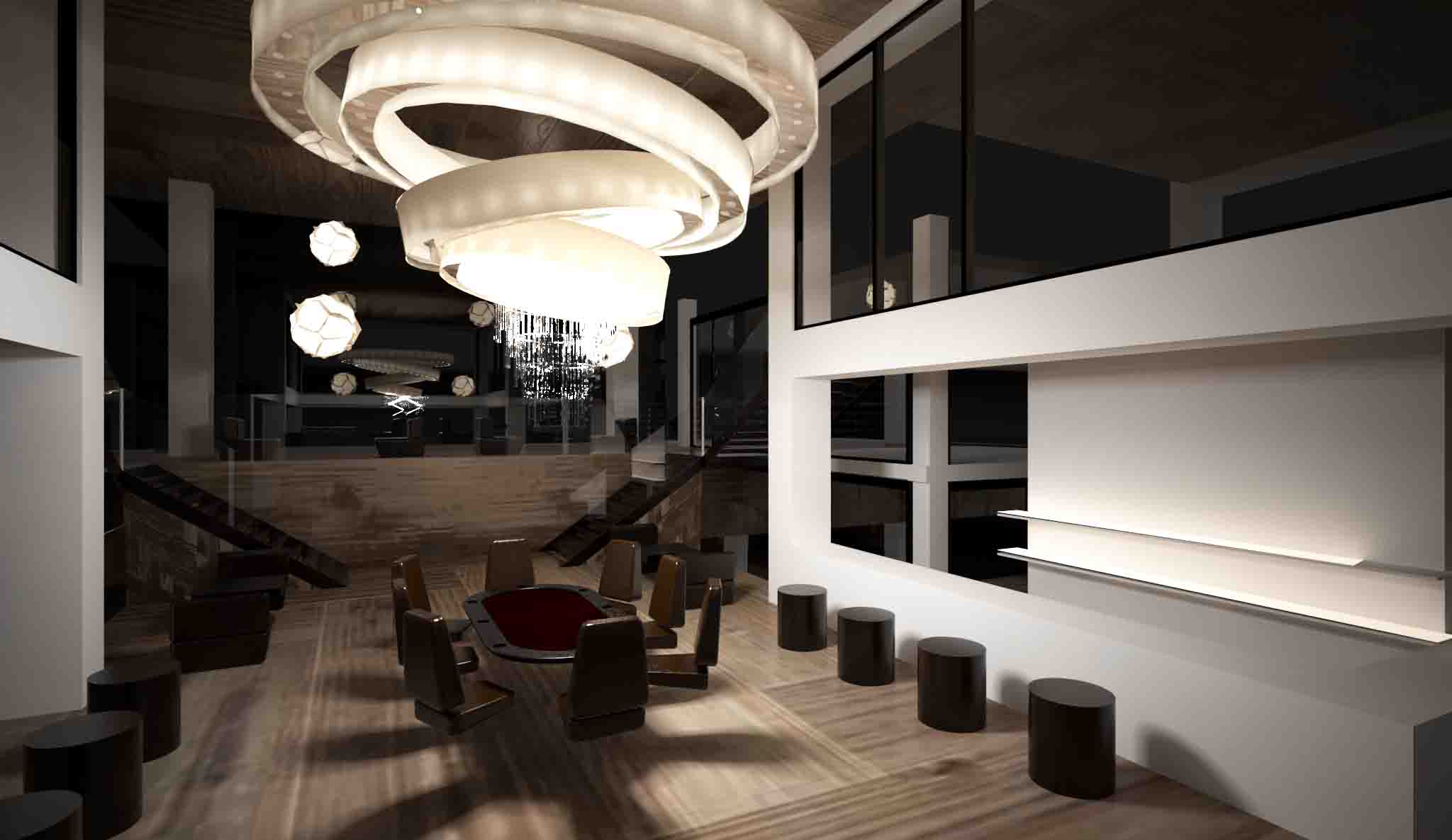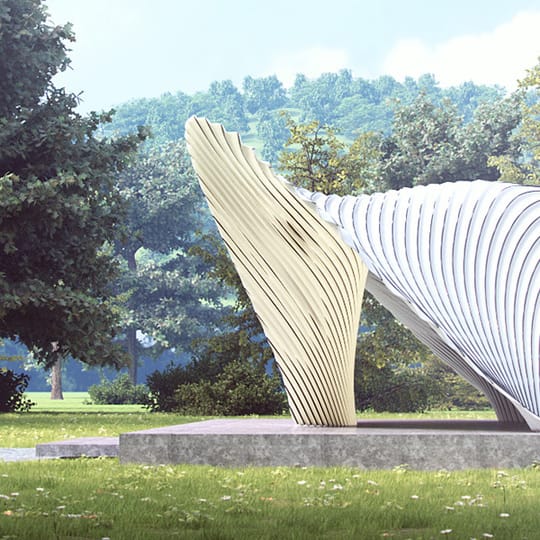

“When applications don’t talk to each other, design intent can quickly get lost as a project moves from schematic to marketing,” said Konstantin Gaytandzhiev, V-Ray for Rhino and SketchUp product manager at Chaos. With the new connection, architects can start the visualisation process in Enscape’s real-time environment, and then ‘smoothly transfer’ the asset to the visualisation team to deliver the highest levels of photorealism in V-Ray. The new workflow enhancement follows on from the merger of Chaos and Enscape earlier this year. To download 3D assets used in this tutorial, visit our website.Photorealistic renderers now support real-time viz tool for the ‘smooth transfer’ of assets between architects and viz specialistsĬhaos has created a bridge between its real-time architectural visualization software Enscape and its photorealistic rendering tools V-Ray 6 for SketchUp and V-Ray 6 for Rhino/Grasshopper. Subscribe to Archi Hacks on YouTube and Instagram for future content.

Final result gets pretty close to real life! We’ll array them along the facade with a small gap in between.ġ1.

In order to simulate individual panes of glass and mullions between, we’ll scale our window to about 5ft.ġ0. Second glazing is simply a copy of the first, spaced apart by ⅝”.ĩ. As you may have noticed, modern window frames usually come in multiple layers of glasses, which creates the subtle double reflection effect. Below is the result with a single pane of glass.Ĩ.

Make sure that your glazing object is selected, and apply material to selection.ħ. Then drag and drop the item onto our scene materials palette.Ħ. In V-Ray Asset Manager, locate the default glass from the material library. Use ‘ExtrudeSrf’ command to add thickness to the plane. As for the thickness of the glass, we’ll be referencing real dimensions from manufacturer’s drawings.Ĥ. Create a single plane as the enclosure of the pavilion. Here’s an overview of our example scene: a simple pavilion with trees in front of it:Ģ.


 0 kommentar(er)
0 kommentar(er)
